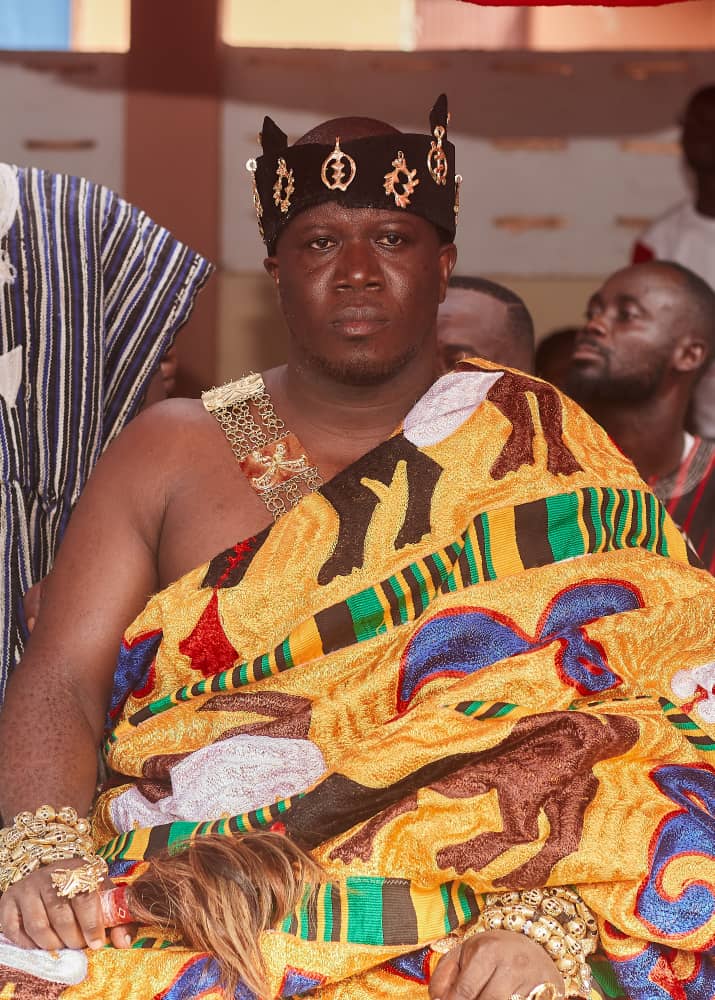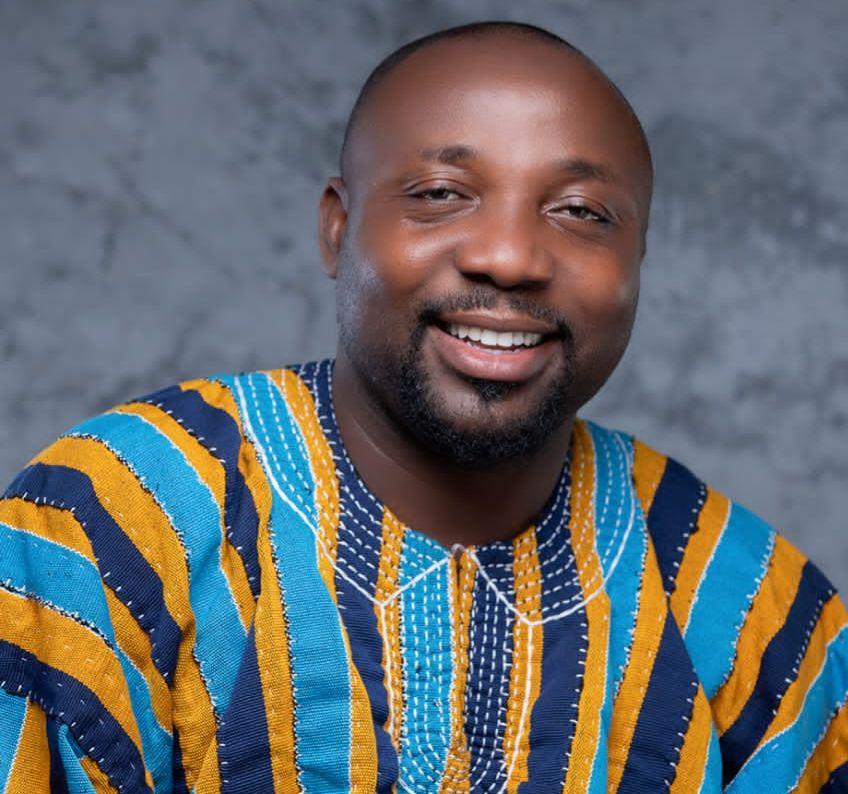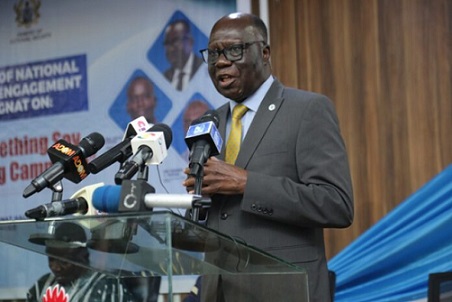Boso-Gua traditional area gets new Kyidomhene

Boso-Gua traditional area has witnessed a remarkable event last Monday, April 1, 2024, as a 41-year-old staff of the Volta River Authority (VRA) and a Rotarian of Akosombo Dam-City Club, Michael Kwaku Manso was enstooled as the new Kyidomhene under the Stool name Ahunabobrim Akuamoah Kwao II.
The grand occasion took place at the majestic Kyidom Palace, situated in the heart of Boso town.
The Enstoolment and Durbar ceremony attracted dignitaries, community leaders, and enthusiastic residents from far and wide.
The event showcased the rich cultural heritage of the Boso-Gua traditional area, combining traditional rituals with modern celebrations.
Rotarian Michael Manso assumes the prestigious position of Kyidom Hene, replacing the beloved late Nana Kwame Amo III, who passed away three years ago.
The occasion commenced with a solemn procession led by the Boso-Gua Council of Elders, adorned in traditional regalia and accompanied by the melodious sounds of traditional drumming and dancing.
Visitors made their way to the Kyidom Palace, where the enstoolment ceremony took place.
During the enstoolment, Rotarian Michael Manso was dressed in traditional royal attire and adorned with symbolic ornaments denoting his new status. The Council of Elders, led by Okyeame Kwame Baffour IV, performed the customary rituals and poured libation to seek blessings for the newly enstooled Kyidomhene.
Following the enstoolment, a grand durbar was held at the palace courtyard. Traditional chiefs, queen mothers, and other dignitaries addressed the gathering, expressing their congratulations and offering words of wisdom to the new Kyidomhene.
As a highly respected community leader and accomplished Rotarian, Manso’s enstoolment has brought hope and excitement to the people of Boso-Gua.
Speaking at the durbar, Ahunabobrim Akuamoah Kwao II, Kyidomhene of Boso-Gua Traditional Area expressed gratitude to his people for the honour of serving as the Kyidomhene and pledged to uphold the customs and traditions of the Boso-Gua traditional area.
He emphasized the importance of community development and promised to work tirelessly for the betterment of the people.
The celebrations extended late into the evening, with cultural performances, music, and feasting.
The entire atmosphere reverberated with joy and unity as the community united to celebrate the enstoolment of their new leader.
The Boso-Gua traditional area looks forward to a bright future under the leadership of Ahunabobrim Akuamoah Kwao IIas he assumes his role of guiding and uplifting the community.
Boso Gua Traditional Area
Boso Gua Traditional Area forms an integral part of the Asuogyaman District in the Eastern Region.
Linguistically, the people of Boso belong to the Guan ethnic bloc and had lived
in the Mid-Volta Basin long before the Akwamu arrived from Nyanawase to establish a permanent home at Akwamufie, 1733.
In 1984, I accompanied the Paramount Chief of the Boso Gwa Stat ostensibly to tap the numerous myths, legends and traditions of Boso from the late Kwao Tawia, the 92-year-old Abusuapanyin of the Paramount stool.
According to Kwao Tawia, the founding fathers of Boso originally lived at Dan near Atebubu in the Sene-Pru Basin.
They emigrated southwards towards the coast and settle at “Afutu near Simpa” where they acquired the name DANKE.
In support of this assertion, tradition relates that the ex-Queen mother of Kokofu, Amma Birago, who had been destooled and deported together with her son, Kokofuhene Osei Yao; because they were overfond of disclosing the origins of some of their subjects thus their descent trom slaves, escaped to Nyanewase to seek political asylum.
He was the real custodian of Boso tradition. l twins. Nvarko Num and Nyarko Lebi in felt so privileged.
The story adds that the Akwamuhene, in consultation with Osei Tutu then residing at Nyanawase, requested the Danke people to host them on the account of their proverbial hospitality.
Due to constant tribal wars on the coast, the Danke migrated. They were led by Obeng Kwatia whose nephews were Brakatu and Mfodwo. Other members of the group included the Oyoko royals from Asante Kokofu.
After several rest-stops, they reached the Kamana town of Pese on the west bank of the Volta River where some unforeseen Circumstances forced them to delay.
It is alleged that Obeng Kwatia’s sister fetish called NYAKO where she gave birth to memory of whom the Nyarko stool (and still the reigning stool of Boso) was consecrated.
Because the Kamana at Pese were dominated by the Oyoko clan, the Kokofu royal showed great resentment against her ancestral Oyoko Stool being placed in a subordinate position, so she advised the migrant-leader to search for a new site; they settled at a place called OSASE (OKYEASE) where modern Anum is located.
At Osase, they were joined by a group of about sixty people from Basa believed to be Gonja origin.
Their leader was Otu Atram and his two brothers- Akofi and Obanyin-yena. The fetish they carried was kept in the house of one Opare, a cousin of the Kokofu royal. And because Opare refused to disclose the origin of the deity, he was nicknamed Opare-anka.




